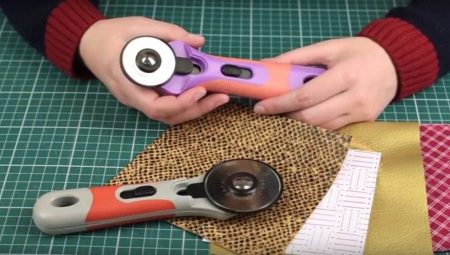Each person who is professionally engaged in cutting and sewing, faced with the problem of choosing a knife for cutting fabric. In the modern sewing market, these devices are presented in various versions, which often leads to confusion for inexperienced tailors.
In order not to make a mistake in choosing such a knife for cutting fabric, you should familiarize yourself in advance with all varieties of products, as well as with the features of their selection and use.
All these nuances will be discussed in detail in our article.

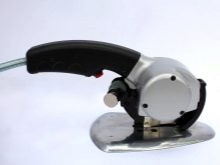

Tool Features
The cutting knife has replaced the traditional scissors in the field of sewing clothes due to a number of properties of the tool, which make it much more effective for work compared to tailor scissors. These characteristics include the following.
- The cutting speed of the material is much faster. This is because the movement of the hand while using the knife is much simpler.
- If with scissors each layer of fabric is cut separately, then a cutting knife can cut several layers of fabric at once.
- Such a tool is not dull. The blades of most models are self-sharpening, due to which the life of the device is quite large.
- Using a knife is easier to cut complex patterns and shapes onto fabric.
- Unlike scissors, it is easy for such a knife to handle dense material such as dermatine or drap.
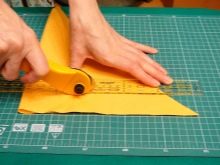
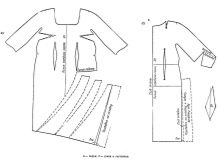
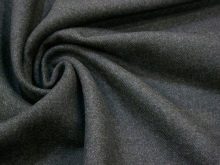
Kinds
In addition to the characteristics common to all products, cutting knives also have a number of individual characteristics, depending on which variety of tools they belong to. Among these sewing products, the following types stand out.
- Circular knife or roller is one of the most sought after. Its blade has a circular shape and cuts the material by turning around its axis during the movement of the handle. On the case of such a knife, as a rule, there is a platform with rollers adjacent directly to the surface of the fabric. This additionally ensures evenness of the cut. If there are small rounded lines on the sketch, then cutting them with such a tool will be difficult.
Many tailors prefer it, since it can be purchased at a reasonable price, especially when it comes to a model with a mechanical type of control. A more modernized electric version of the roller knife is more convenient, but it will cost more. This model is often used for patchwork.
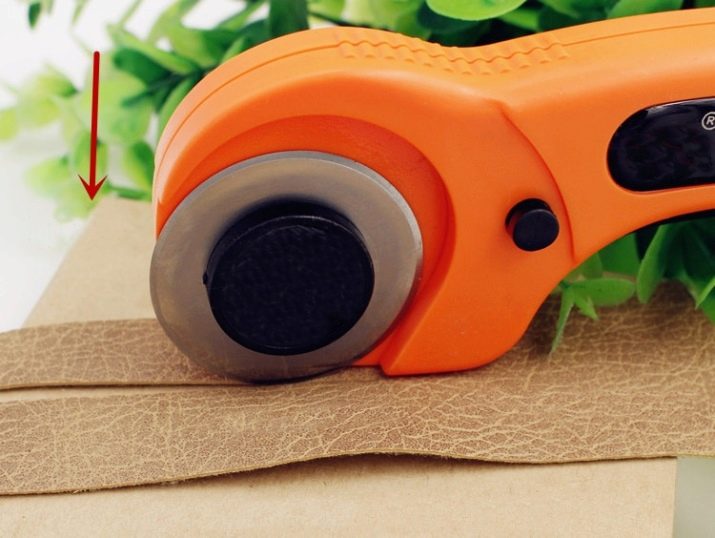
- Vertical knife also called saber, used for vertical cutting. The main materials for the use of such devices are synthetic fabrics, as well as fabrics that resist when the blade moves horizontally along its surface. They can crumple, form assemblies and deform. These knives are quite dimensional and differ among themselves in such characteristics as the oscillation frequency of the blade, as well as engine power. Tailors from sewing workshops mostly prefer working with them.
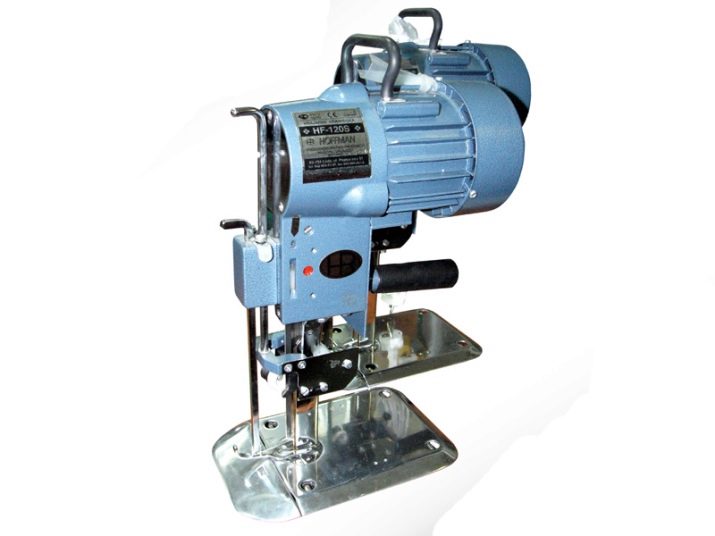
- One of the varieties of large tailor's knives is the tape. It is a kind of machine, mainly used in factory production. The blades of such a knife are so powerful that, in addition to ordinary fabric, they can also cut very dense matter, as well as foam and even wood.
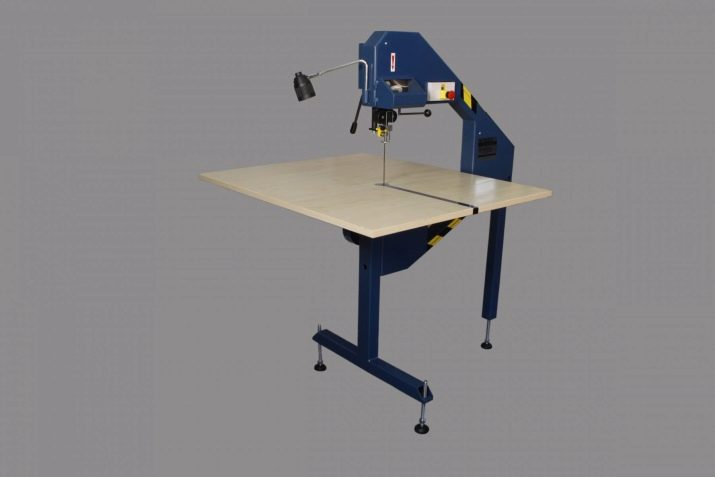
- To cut small parts from the fabric that require particularly painstaking work, you should use a round knife such as basiccreated using the disk model. Often such a small-sized tool is used on thin materials.

- The most expensive fabric cutting device is laser knife. It prevents the shedding of fabric fibers during the cutting process and is able to cut the fabric folded several times, even along a complex path. Such equipment is mainly used in factories.

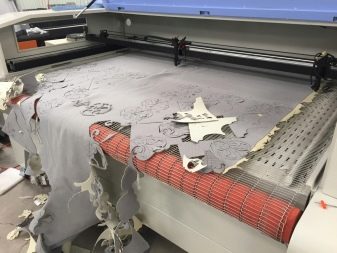
- Analog laser device the precision is an ultrasonic tailor's knife. However, due to its not so large dimensions, it can even be present in the arsenal of a cutter working at home. The device works when connected to an outlet. It is suitable for cutting leather and other dense fabrics.

How to choose?
To select the model of a cutting knife most suitable for you, You need to consider a number of nuances when choosing.
- Frequency of tool operation. For one-time or rare cuts, completely different knives are needed than for constant tailoring activities.
- Consider the material you are working with. A knife used for coarse or thick matter can simply crumble thin fabrics.
- Keep in mind that the number of layers of fabric during the cutting process also plays an important role, since the blades of not all models can cut several layers at the same time.
- Carbon steel should be used as the main raw material for the blades. An important sign is their ability to self-sharpen.
- The size of the cutting knife is important for the convenience of the process. Too bulky models will only complicate the work with the material.
- Pay attention to the shape of the blade. There are direct types, as well as made in the shape of a zigzag. From the selected type will depend on what the edges of the tissue will remain after the cut.
- When choosing between manufacturers, give preference to large companies whose products have already proved themselves in the sewing market, since products of little-known companies often turn out to be of lower quality.
- The diameter of the blade is determined by the degree of complexity of the pattern. If you have to cut small parts of one layer of fabric, then take the device with a small blade.But if you need to cut several layers at once according to a large sketch, then you can stop the choice on knives with a larger blade.
- To make the process as safe as possible, opt for blade options that are maximally covered by a plastic or rubber casing.
- Pay attention that the handle holder was as convenient as possible. In many models for home use, this part of the design is not quite convenient, which can lead to errors when cutting fabric.
When choosing electrical models, consider such a parameter as the insulation quality of the device.
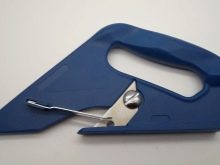


How to use?
In order for the process of cutting tissue to proceed most efficiently and accurately, one should not forget that it requires following a certain sequence of actions, part of which involves the direct use of a knife.
- To protect the working surface from the knife blades during cutting, put a special mat under the fabric. It is worth remembering that with each new cutting the mat should be replaced. But you can buy a special rug made of plastic. It is resistant to the formation of knife marks, and over time they can even be delayed. Therefore, the acquisition of such a reusable accessory will significantly save your resources.
- Place the fabric on the mat so that its lower edge is aligned with the longitudinal marking of the mat.
- To align the edge of the fabric, in addition to the knife, you need to use a ruler. She is placed a couple of centimeters from the edge, holding with her hand. In the other hand, you need to hold the knife and cut the fabric along the ruler, pressing hard with the blade. The notch should be carried out in only one direction.
- Use the device as carefully as possible, do not place your fingers too close to the blades, as they are quite sharp and can injure you in case of careless movement. Also make sure that there are no pets or small children nearby when working.
- After cutting, the knife blades may become hot, so let the equipment cool down first. Then be sure to remove tissue particles from the blade.
Thus, in tailoring, a knife is an integral accessory for cutting the necessary parts from various materials. It not only allows you to do this work quickly, but also helps to maximize the conservation of tissue fibers. therefore It is very important to make the right choice when purchasing this device.
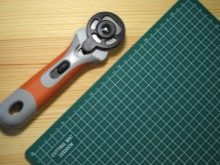
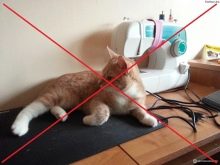
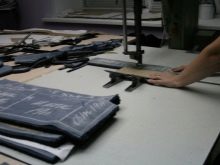
Reciprocating knife performance can be estimated right now.
